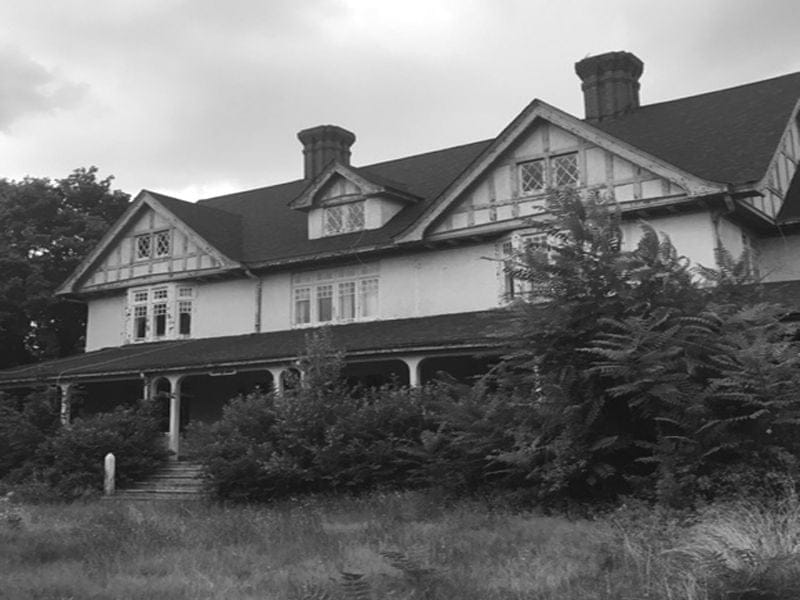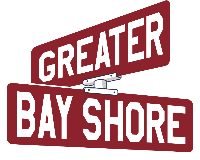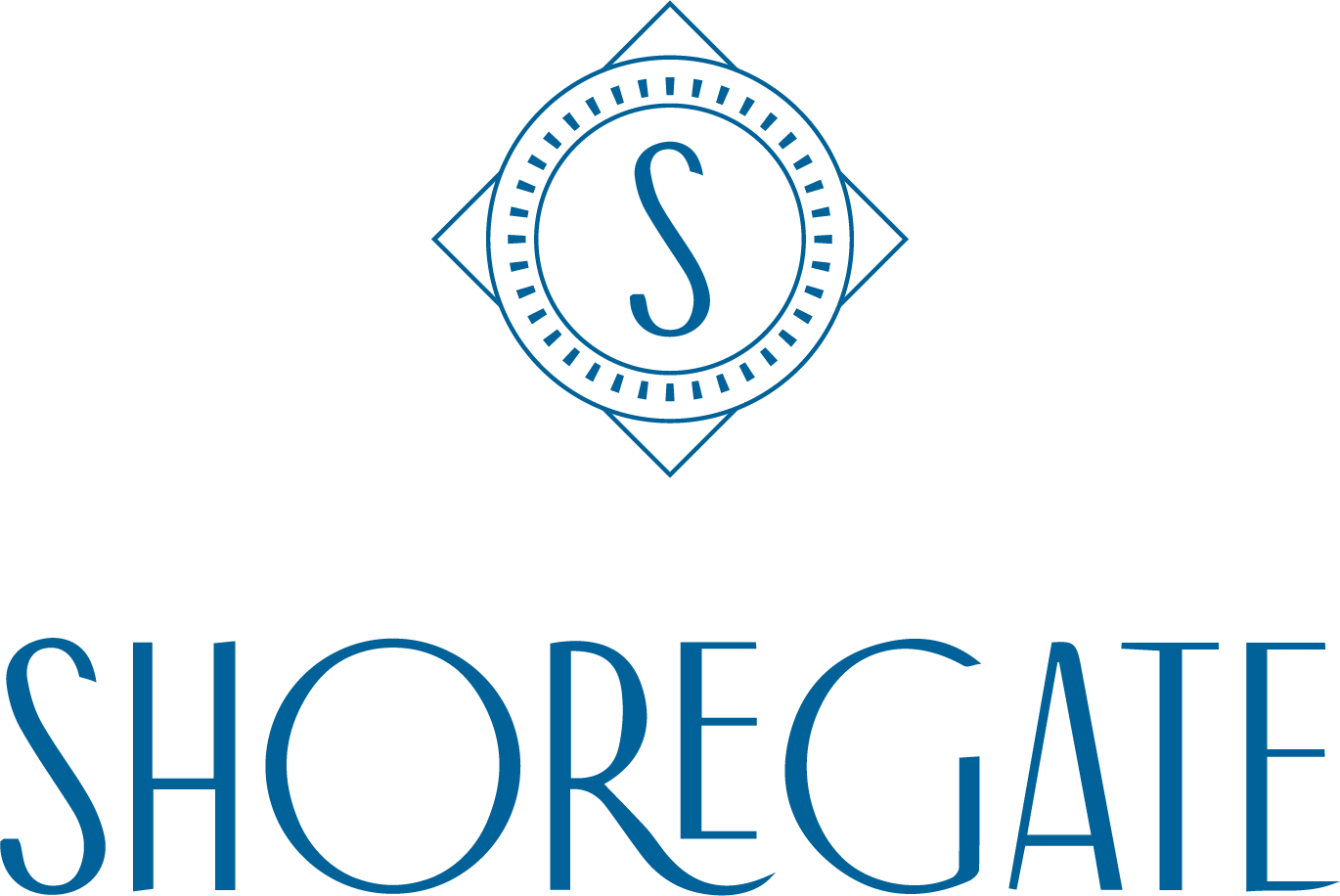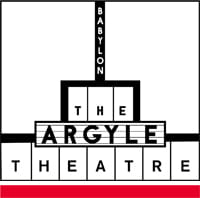
OUR SPONSOR
Greater Bay Shore coverage is funded in part by Shoregate, now leasing brand-new premium apartment homes in the heart of Bay Shore. Click here to schedule a tour.
The rotted wood, flaky paint and overgrown brush at 66 Ocean Avenue in Bay Shore all serve to shadow its colorful past. Today, its mahogany trim entrance, hand carved mantels and sculptured marble fireplaces lay still from the soft echoes of Tammany Hall gossip.
The English tudor no longer serves as a backdrop for back-room political dealings, or the day-to-day operations of illegal casinos and sports gambling operations.
But it was here that Frank Farrell — father of the New York Yankees franchise — is believed to have entertained guests and enjoy his summers away from the sweltering city in the dawn of the 20th century.
Similar to the notorious Frank Farrell himself, 66 Ocean Avenue has been buried in the memory of time.
But this lost relic of Yankees history is on the market, now for $675,000.
DIVERSIFYING HIS INCOME
Frank Farrell was born into humble beginnings in Manhattan’s Lower West Side some time in the mid 1860s.
He was later a manager of saloons, gambling dens, and brothels frequented by members of the Tammany Hall political machine, according to The Evening World.
It was within the smoke-filled rooms of these saloons that Farrell formed a business partnership with local police commander William Devery and Tammany Hall power broker Tim Sullivan.
Together the trio monopolized the casino and gambling dens across Manhattan.
Business was good.
But in 1901, a reformist agenda swept through to Tammany Hall, which dealt the political machine a near-fatal blow. Newly elected District Attorney William Jerome targeted casinos and clubs owned by Farrell, Devery and Sullivan.
Faced with declining gambling revenues, Farrell needed to restructure his holdings.
He, along with Devery, purchased the near-bankrupt Baltimore Orioles baseball team, which played in the fledgling American League, and moved the team to Manhattan in 1903. The $18,000 investment was fueled on rumors that city hall was in talks of building a stadium in Washington Heights.
SELLING THE YANKEES
When the team came to New York as the Highlanders, a rivalry was born with the New York Giants, with the two later playing in the first Subway Series in 1921.
In the meantime, the local papers had started referring to the Highlanders as the Yankees. The name stuck with the fans and the team was officially renamed Yankees for the 1913 season.
But just a year later, with the team in the red, Farrell and Devery put the New York Yankees up sale for $500,000. The team was soon sold to Jacob Ruppert and Tillinghast Huston in early 1915 for $460,000 — an amount 25 times greater than what Farrell and Devery had paid a dozen years prior.
LOST BETS
Farrell’s life was built on a façade of legitimate business dealings that socially elevated him.
In reality, he built his wealth on the superficial prosperity of gambling, which resulted in him living beyond his means.
In the sunset of his life, all of his long-shot bets and investments were lost due to the political reforms in New York City. His political and business connections turned their backs on him in his time of need, which resulted in him dying near penniless.
Farrell’s connection to the summer societies of Bay Shore are not documented outside of his ownership of grand house at 66 Ocean Avenue, which, like Farrell, became buried in the memory of time.
Sources: Newsday, March 8, 2016, New York Tribune., June 29, 1902, The Evening World., Nov. 26, 1902, Nov. 16, 1914, Dec. 23, 1914, Jan. 4, 1915, Oct. 3, 1903, Nov. 26, 1902, and The Brooklyn Daily Eagle, Sept. 16, 1906, Nov. 11, 1912, Oct. 25, 1950, May 10, 1944. ‘Frank Farrell’ by Jim Lamb/Society for American Baseball Research.
Top: Frank Farrell at a New York Highlanders game.




























